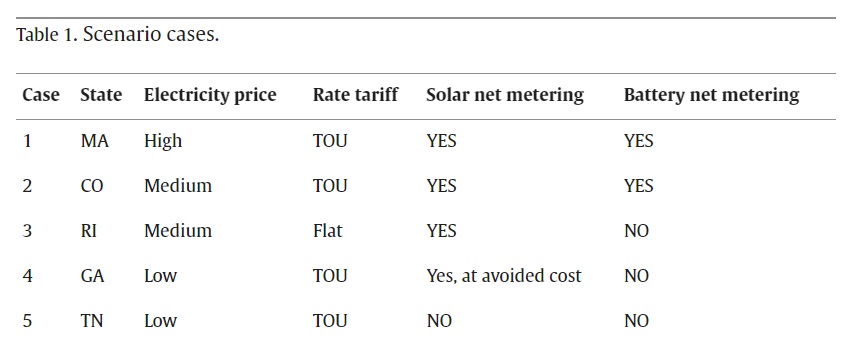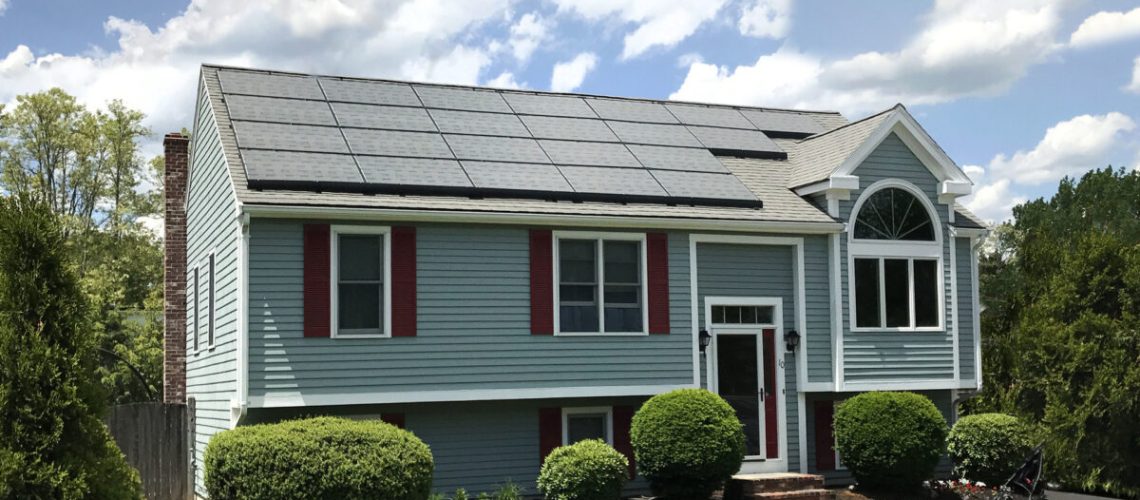Researchers at Pacific Northwest National Laboratory published an open access guide to rooftop solar and battery energy storage that covers costs, incentives, policies and more.
As more and more homeowners go solar, neighbors are increasingly wondering how they get on board the clean energy train. To help people get started, Pacific Northwest National Laboratoryn(PNNL) researchers have published an open-access guide to rooftop solar and BESS in Renewable Energy Focus, a journal of ScienceDirect.
The PNNL researchers analyzed utility rates, net metering policies, installation costs, financial incentives and more. The guide is aimed at consumers, but is also useful for those in the industry, as it provides facts and figures that can help dispel misconceptions.
“We want to demystify this process of adding rooftop solar and battery energy storage,” said Kerby, an energy systems engineer at PNNL. “We want to empower people with the understanding of how this complicated system works.”
For utility customers thinking of putting in solar with a battery backup system, the guide explains how energy storage can be used to lower their electricity costs. For example, it explains the time of use structure, in which utilities charge more for electricity during times of high demand and less when demand decreases. Because the battery system can store the sun’s energy during the day, that energy can come from the battery in the evenings, when electric rates are highest.
Kerby notes that the rates for the off-peak times are always lower than the utility’s flat rate, while the on-peak times will be higher, so “that’s a huge opportunity for solar and storage.”
The guide also looks at the flip side, which is if the utility charges a flat rate for electricity, explaining that in this case a battery may not help the electricity customer to save on their bill. But Kerby notes that homeowners could use battery energy storage as a safety backup in the event of power outages.
The guide also tackles the topic of net metering and explains how, in some states, it can speed up the payback period of the solar investment.
“Depending on what state you live in, selling excess electricity production back to the utility could help recover the cost of solar panels and energy storage systems over time,” Kerby said. These policies are evolving, so make sure to review your state’s policy before making any decisions.
Five states are chosen as case studies to show the results of net metering policies, utility rate structure, and the average utility price. The five states include Massachusetts, Colorado, Rhode Island, Georgia and Tennessee.

The report authors point out that the differences noted between the states highlights the importance of state support for solar, and in some cases battery storage. Also noted are price signals because “benefits of residential renewable systems are best realized in states with net metering policies facing the challenge of above-average electric utility rates.”



